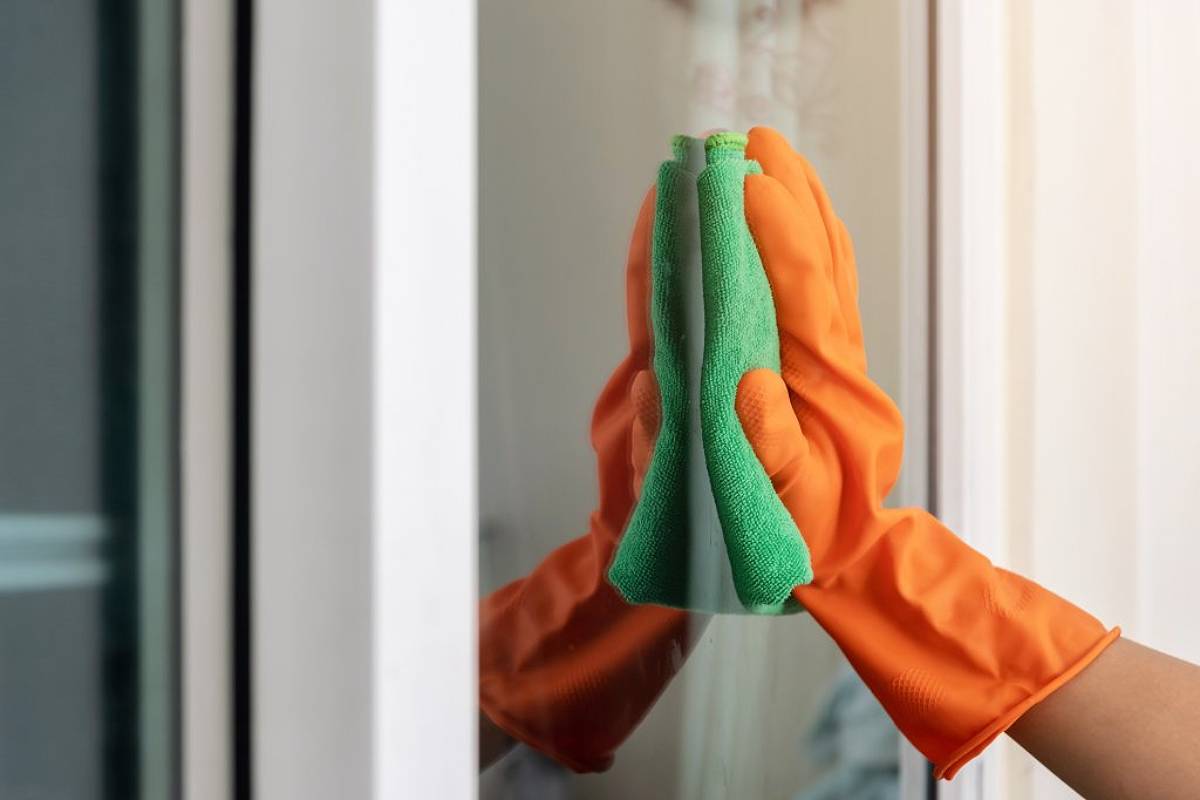At work, safety isn’t always the first thing we think about, especially in office-based roles away from heavy machinery and other big hazards. It’s easy to forget that common everyday items can still pose a health risk. Cleaning products are a prime example of this — used at work on a daily basis with the purpose of protecting employees from dirt and harmful bacteria, we must remember that these products are still chemicals and should be treated with care.
Recommendations for storage
When it comes to storing cleaning products, there are a few basic recommendations which should be applied to the workplace from the off.
First of all, it’s imperative that the area that you are storing your cleaning products is both cool and dry. Furthermore, it’s important that they aren’t stored anywhere that could heat up or cool down suddenly, due to proximity with running equipment for example.
It is also recommended that the original packaging is retained, unless stated otherwise by the instructions on the product. For one, this should prevent any mix-up with other products, thereby reducing the risk of accidentally mixing two chemicals that should be kept apart: for example, a powerful drain cleaner such as one shot drain cleaner products should not be used if bleach or other chemicals have recently been used on the drain.
Importance of COSHH
This is important for businesses that deal with chemicals as part of its industry, who are likely to be familiar with COSHH (Control of Substances Hazardous to Health). COSHH also applies to cleaning products held in the workplace. The Health and Safety Executive points out example risks associated with cleaning products and the cleaning process, including:
- Skin allergies
- Asthma
- Burns
- Eye damage
- Dermatitis
CLP hazard pictograms
Since 2015, the hazard pictograms on products have been updated from the old orange-and-black symbols to new red-and-white versions. The old “X” symbol for irritant has been replaced entirely. This is to make the pictograms more universal, as well as covering a few new areas. The pictograms you may now come across on cleaning chemicals are:
- Explosive, which uses an exploding bomb picture
- Flammable, which uses a flame picture
- Oxidising, which uses a flame over a circle in its picture
- Corrosive, which uses a vial pouring onto a hand and a surface in its picture
- Acute toxicity, which uses a skull and crossbones picture
- Hazardous to the environment, which uses a dead tree and dead fish in its picture
- Health hazard and/or hazardous to the ozone layer, which uses an exclamation mark picture
- Serious health hazard, which uses a picture of a person’s head and shoulders with a starburst from the centre of the picture
- Gas under pressure, which uses a gas cylinder picture
Although these symbols are present on cleaning products, potential risks will be reduced by ensuring the proper use and storage of these products. Let’s look now at the correct practice for using cleaning products safely in the workplace.
Usage of cleaning products containing chemicals
Initial risk assessment and process-setting
The European Cleaning Journal, recommends that the first step is to ensure that a risk assessment is outlined and carried out. This assessment will help to identify specific cleaning products and processes that could have risk-reduction actions in place, as well as reviewing that current processes are being adhered to. Alongside this, you need to check that these processes are working; if not, they will need amending.
As alluded to earlier, if the risk assessment highlights any particular handling, storage, or usage requirements for a certain cleaning product or cleaning equipment, the next step needs to be putting a process in place. This process should be tailored to reduce any risk associated with the product.
All cleaning products bought to be used at work should come with instructions to make sure they are used safely, as well as a chemical safety data sheet where applicable. Be sure to follow these instructions given, as well as using the data sheet to help bolster your risk assessment.
Training
It goes without saying but a process is only beneficial if it is explained and communicated to the staff expected to adhere to it. Be sure to set aside time to train staff in any hazardous products with new processes in place and make space for safety posters so they are clearly visible.
It is crucial that your staff have as little contact with potentially harmful products as possible. Supplying adequate PPE for staff using chemical cleaning products can help with this.
It’s easy to overlook cleaning products, with regards to risk, but they are still chemical in nature. Be sure to keep your workplace safe with necessary procedures and protective equipment.
Sources:
https://www.thespruce.com/where-and-how-to-store-cleaning-supplies-1900770
http://www.hse.gov.uk/coshh/industry/cleaning.htm
http://www.europeancleaningjournal.com/magazine/articles/product-features/how-to-keep-your-workforce-safe-when-using-cleaning-agents
http://info.janitorialexpress.london/2014/08/30/read-the-cleaners-guide-to-coshh-with-free-powerpoint-download
http://www.hse.gov.uk/chemical-classification/labelling-packaging/hazard-symbols-hazard-pictograms.htm
You are reading Cleaning products and regulations in the workplace


